Why is there still a statue of Benjamin Tillman on the grounds of the South Carolina State House?
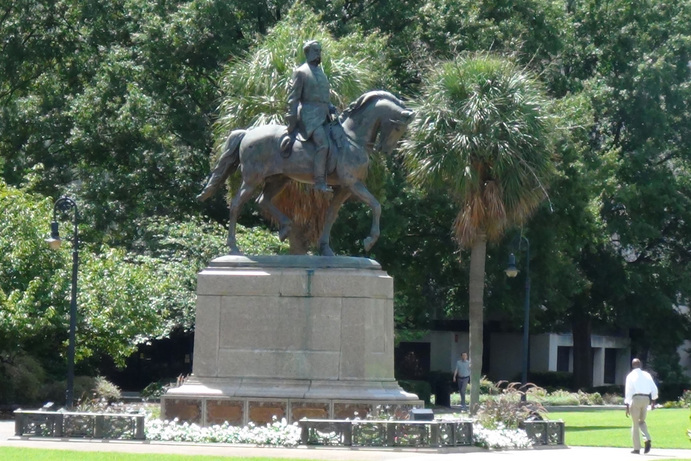 Monument to Wade Hampton on the South Carolina State House grounds.
Monument to Wade Hampton on the South Carolina State House grounds. One of the things I noticed during my walk was a monument to someone named Wade Hampton. It's a big, bronze statue of a man on horseback perched on a stone pedestal adorned with the names of various battles of the American Civil War. I didn't know who Hampton was, so I filed the name away to check into later.
On the other side of the grounds, near where the Confederate flag used to be, I saw a statue of Benjamin Tillman. That was another name unfamiliar to me.
I don't know much about the history of South Carolina politics. In the process of writing this post I've learned a few things. Please let me know if I've gotten any of this wrong.
Wade Hampton III (1818-1902) was the Governor of South Carolina from 1876-1879, and a U.S. Senator from 1879-1891. Benjamin Tillman (1847-1918) served as Governor from 1890-1894 before also representing the state in the Senate (1895-1918). Hampton and Tillman were two of about 85 governors of South Carolina since the Revolutionary War. Maybe I missed something during my quick walk, but I didn't notice likenesses of most of the other 83 governors on the State House grounds. These two have gotten special treatment. Why?
The National Register listing for the South Carolina State House provides one perspective on the importance of Wade Hampton:
"In 1876-77 [the State House] played an important role in the contest between Hampton, Daniel H. Chamberlain, and their respective followers for control of South Carolina, leading eventually to the formation of two separate governments. According to scholar Hampton M. Jarrell, if Wade Hampton "had no other claim to greatness, his wise leadership during the five months following the election of 1876 would entitle him to both state and national honor; for during this crisis he maintained peace in an area where but for him violence would have erupted." As part of the compromise which allowed Rutherford B. Hayes to become President, Federal troops were withdrawn from South Carolina, and Hampton and the Democrats assumed undisputed control of the governorship and legislature."
So Wade Hampton was a peacemaker and a statesman: a calm, strong hand that restored order to South Carolina in a time of great uncertainty and potential unrest.
Well, that's one version. There's another side to the story.
The South Carolina election of 1876 was not a normal election. It was marked by a vicious Democratic campaign to suppress the African American vote in order that whites could regain power. Following the example of efforts in other southern states, the Democrats created an armed paramilitary organization called the "Red Shirts" that served to break up Republican rallies and terrorize potential voters. One historian estimated that between 100 and 200 African Americans were killed by Red Shirts in South Carolina in the run-up to election day. Voter intimidation was an explicit part of the "Edgefield Plan" of Martin W. Gary (who had served as an officer under Hampton):
"Every Democratic must feel honor bound to control the vote of at least one Negro, by intimidation, purchase, keeping him away or as each individual may determine, how he may best accomplish it."
I don't know what role, if any, Hampton himself played in the activities of the Red Shirts. He is portrayed by many scholars and historians as relatively moderate and a person genuinely desiring some level of racial inclusiveness in post-Civil War, post-Reconstruction South Carolina (e.g., see this review of Rod Andrew's book about Hampton). There is no doubt, however, that Hampton benefited from the violence engineered by the Red Shirts during the summer and fall of 1876 (Hampton reportedly won by the narrow margin of only 1100 votes). Both Democrats and Republicans claimed victory and attempted to govern in the wake of election day. Hampton and the Democrats eventually prevailed after Federal troops withdrew, beginning a century of Democratic rule in the state.
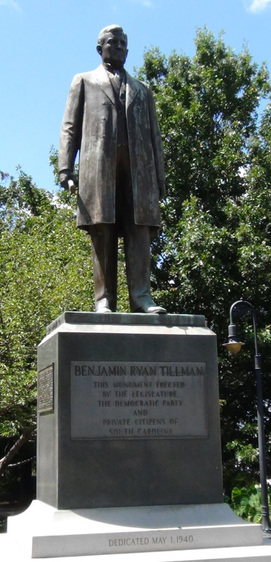 Statue of Benjamin Tillman on the South Carolina State House grounds.
Statue of Benjamin Tillman on the South Carolina State House grounds. Unlike the case of Hampton, there is little need to speculate about Tillman's views on race and what role African Americans should have in South Carolina. Tillman was himself a Red Shirt in 1876, involved in the Hamburg massacre which marked the start of the campaign of terrorism designed to bring whites back to power. Tillman was an author of South Carolina's 1895 constitution, a document widely regarded as a transparent effort to institutionalize the disenfranchisement of African American voters and preserve white rule in the state. On the floor of the U.S. Senate, Tillman proclaimed that
"We reorganized the Democratic party (of South Carolina) with one plank, and only one plank, namely, that “this is a white man’s country, and white men must govern it.” Under that banner we went to battle."
This 2014 article by Will Moredock in the Charleston City Paper sheds more light on how the election of 1876 went down and Tillman's ideas about race:
"In a 1909 speech at a Red Shirt reunion in Anderson, Tillman reiterated this point, noting that he believed in "terrorizing the Negroes at the first opportunity by letting them provoke trouble and then having the whites demonstrate their superiority by killing as many of them as was justifiable."
He added, "That we have good government now is due entirely to the fact that Red Shirt men of 1876 did all and dared all that was necessary to rescue South Carolina from the rule of the alien, the traitor, and the semi-barbarous negroes.""
(Incidentally, on page 7 of a speech titled "The Race Problem," Tillman also says that the North "went to war to destroy slavery and to restore the union." That may be of interest to those of you who like to maintain that the Civil War wasn't about slavery.)
I'm not sure what to do with all this except wonder aloud why these two men are so beloved in this state. I use the present tense on purpose: Wade Hampton is beloved; Benjamin Tillman is beloved. That's the conclusion one reaches after seeing the monuments dedicated to them on the State House grounds. If these men are not beloved, why are their statues still there? I understand that Hampton and Tillman are part of South Carolina's past, but South Carolina does not have to be owned by that past. It's up to the people of South Carolina to decide what these men symbolize now and what role they should play in the present. Which parts of the history of this state should we be proud of? Which parts of the history of this state should we celebrate at the seat of government?
I think Hampton's story is more complicated and nuanced than Tillman's, and I would love to see a serious conversation about what the monument to him represents. Maybe the Hampton statue should go, as suggested by this article in Slate. At the very least, I think, the statue of Hampton should be augmented with some information that puts it into context.
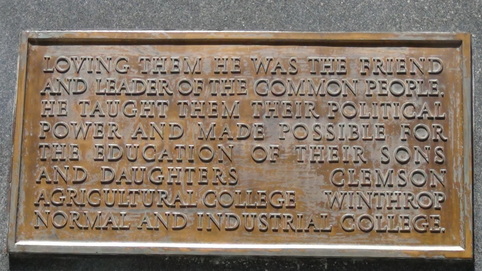 Plaque on the Tillman monument: maybe it's accurate if you insert "white" between "common" and "people."
Plaque on the Tillman monument: maybe it's accurate if you insert "white" between "common" and "people." At new faculty orientation at USC, we were told that South Carolina is basically an indigent state. It ranks in the bottom ten in the nation in terms of both median household income and per capita income. It ranks fortieth in the nation in terms of educational attainment and forty-second in overall health. South Carolina is facing a lot of challenges in the present. I don't believe for a moment that these challenges are unconnected to the century-long obsession with designing and maintaining a deliberately racist political system that disenfranchised and oppressed a significant portion of the population. I try to teach my students that understanding the past is always relevant to understanding the present. I think we should understand Hampton and Tillman and their role in shaping the South Carolina of today, but I think we need to be very careful not to conflate "understanding" and "commemorating." The statues of Hampton and Tillman look to me like a comprehensive celebration and approval of the men, their ideas, and their actions, and I would guess that's how they appear to many others eyeing our state and weighing whether it's the kind of place they want to put their energy, money, and families. I think the Hampton statue may hurt us. I'm sure the Tillman statue hurts us.
I'm new here. But I'm a citizen of South Carolina now. I'm a voter. I'm a taxpayer. I'm an educator. My family placed on bet on this place. We invested. We moved away from family and friends to come here. I intend to be successful here, and I hope that we raise our children here. But I'm not going to raise kids that think Benjamin Tillman is a hero. He's not. His legacy represents nothing that I will ever pretend to be proud of, and there is no question in my mind that his statue should go. Keeping it on the State House grounds makes this state appear small, petty, and backward. I'm not the first to say this, and I'm sure I won't be the last. (This summer, for example, the Clemson University Board of Trustees moved to distance itself from Tillman).
Harris Pastides, the president of USC, said that the removal of the Confederate flag from the State House grounds in July of 2015 was "the beginning of a new South Carolina." I hope that's true. And I hope that we don't have to wait for another tragedy to find the will to keep that momentum. The Tillman statue should go.
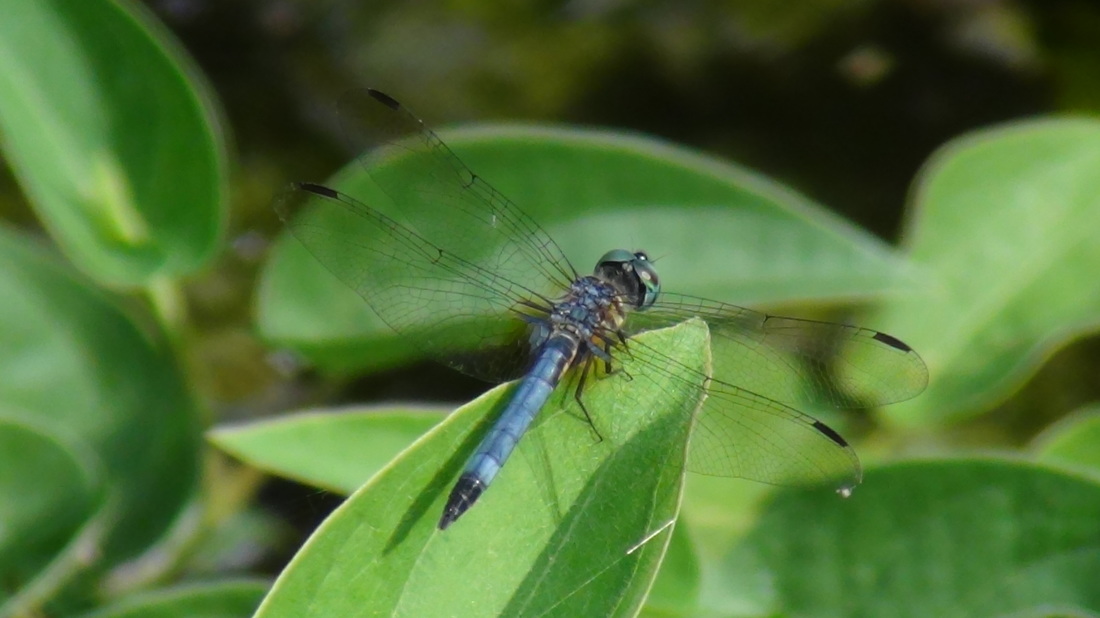
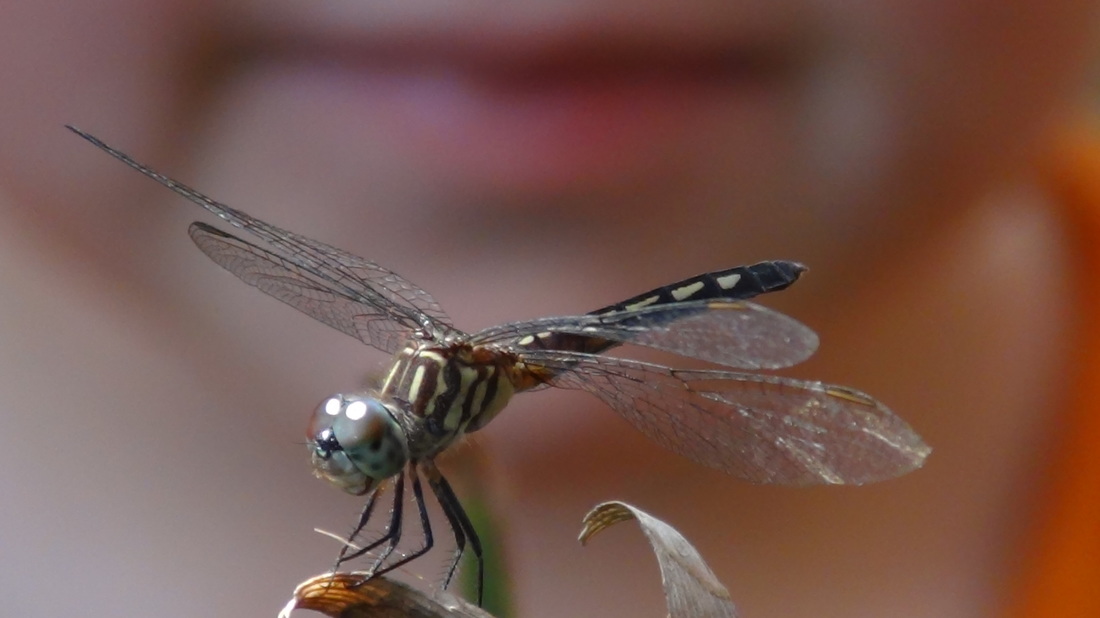
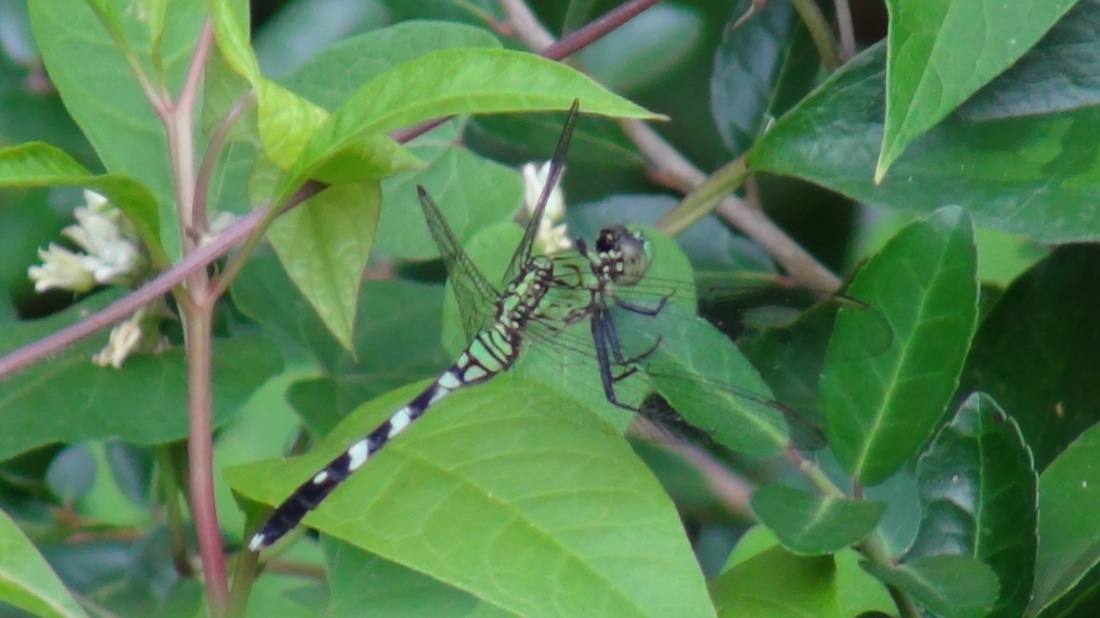
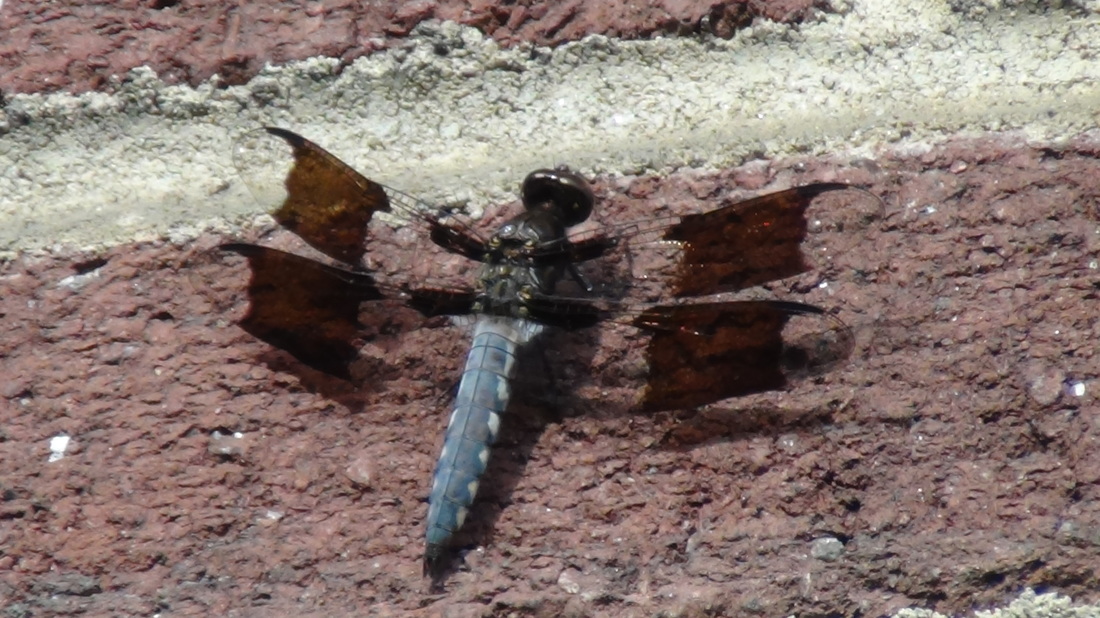
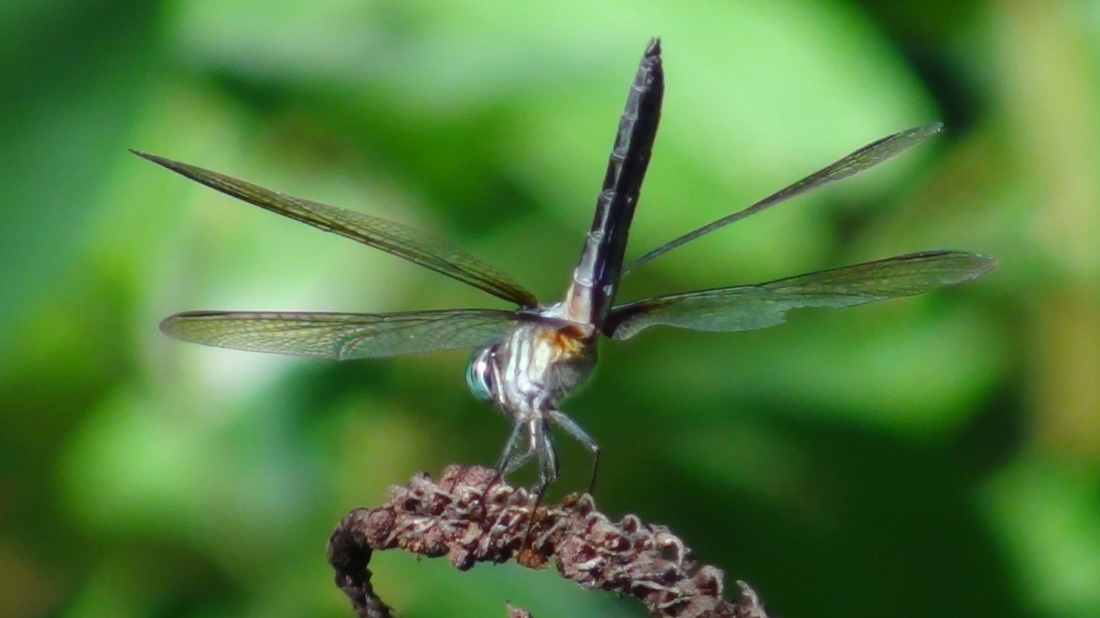
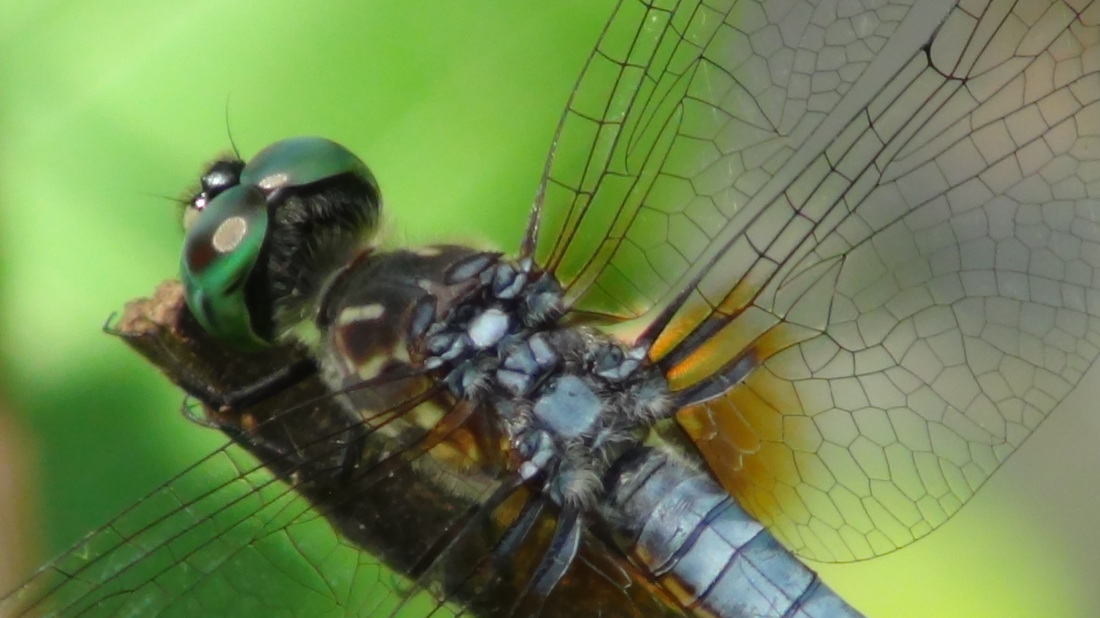


 RSS Feed
RSS Feed
